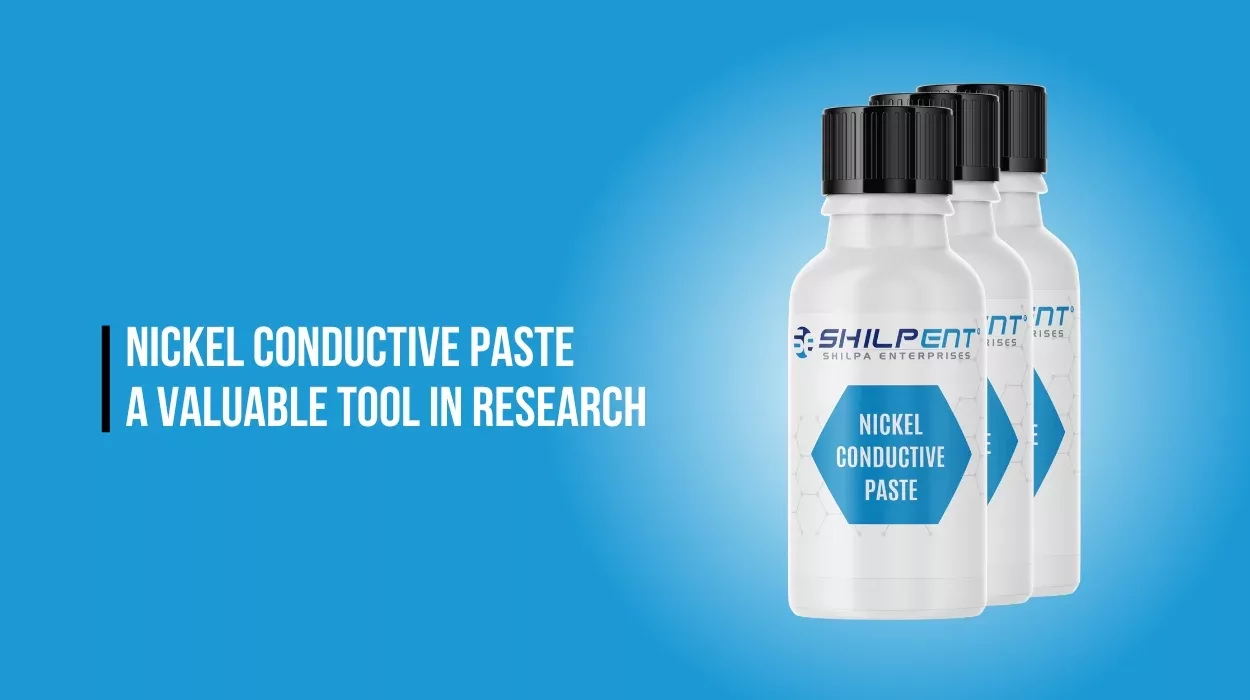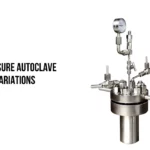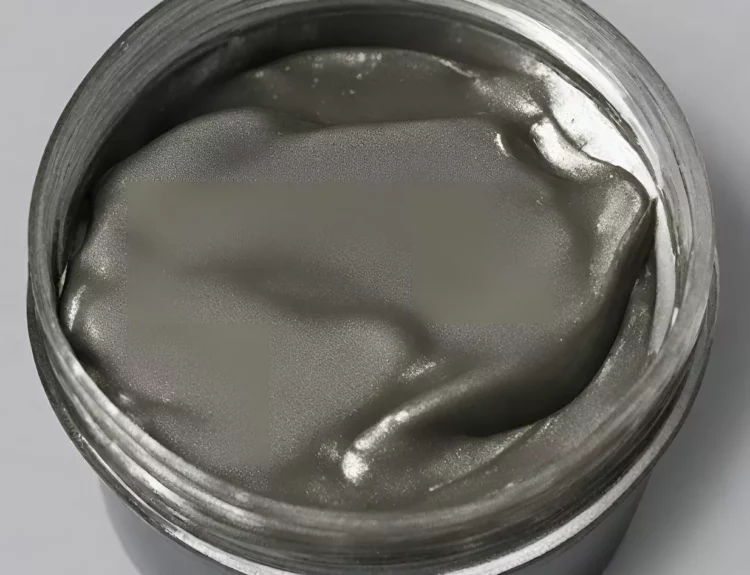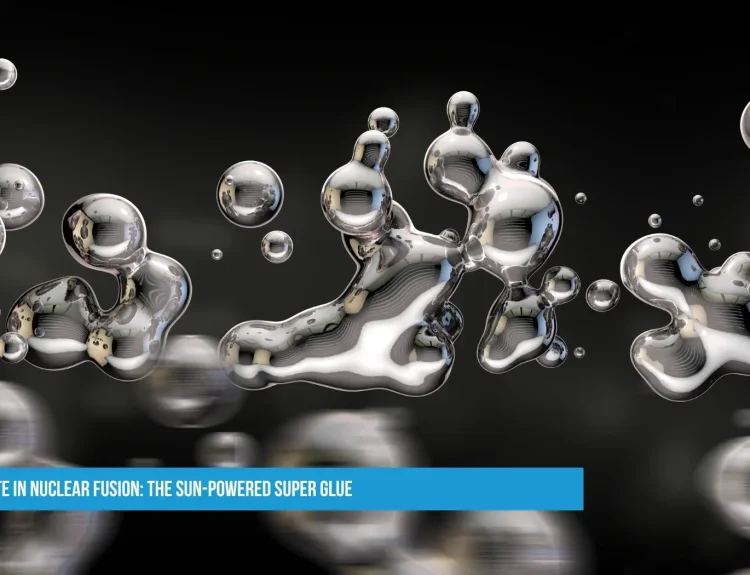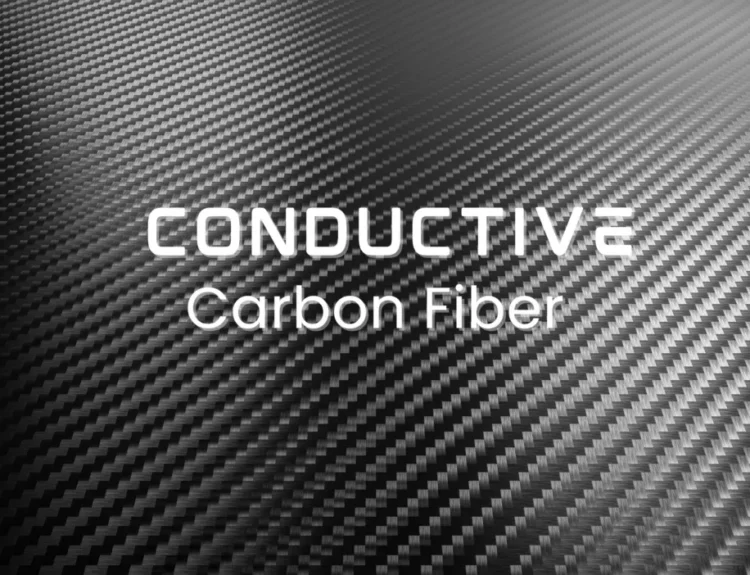Introduction to Nickel Conductive Paste
Nickel conductive paste is a unique material that combines tiny nickel particles with a paste-like substance, making it easy to apply to various surfaces. Once applied and dried, the paste conducts electricity, thanks to the nickel particles. This makes it essential in many research fields where reliable electrical connections are crucial.
Key Uses of Nickel Conductive Paste in Research
Nickel conductive paste is used in various research applications because of its excellent electrical conductivity and ease of use. Here are some of the critical areas where it is beneficial:
Printed Electronics:
- Creating Flexible Circuits: Researchers use nickel conductive paste to print flexible circuits on materials like plastic and paper. These circuits can be bent and twisted without breaking, making them ideal for developing new types of wearable electronics, smart textiles, and flexible displays.
- Prototyping Electronic Devices: Researchers often use nickel conductive paste to create and test prototypes when developing new electronic devices quickly. This allows them to experiment with different designs before moving to more permanent solutions.
Solar Cell Research:
- Contacts for Solar Cells: In solar cell research, nickel conductive paste is used to create electrical contacts that collect and transfer the electricity generated by the solar cells. Its good conductivity and durability make it an excellent choice for improving the efficiency and lifespan of solar cells.
- Thin Film Solar Cells: Researchers working on thin-film solar cells, use nickel-conductive paste to ensure reliable electrical connections in these advanced designs.
Sensors and Biosensors:
- Developing Sensitive Sensors: Nickel conductive paste is used to create various sensors, including those that detect temperature, pressure, and chemical substances. The paste helps create the conductive pathways that allow these sensors to function accurately.
- Biosensors: In medical research, nickel conductive paste is used in biosensors to detect biological signals, such as glucose levels or the presence of specific proteins. These sensors are crucial for developing new diagnostic tools and monitoring devices.
Microelectronics:
- Chip Connections: In microelectronics research, nickel conductive paste is used to make tiny, reliable connections between components on a chip. This is especially important in developing new types of microchips and other small electronic devices.
- Repairing Circuit Boards: Researchers also use nickel conductive paste to repair broken or damaged connections on circuit boards.
Energy Storage and Batteries:
- Enhancing Battery Performance: Nickel conductive paste is used in research on new battery technologies. It helps improve the electrical conductivity of battery components, leading to better energy storage and faster charging times.
- Supercapacitors: Researchers working on supercapacitors, energy storage devices that can charge and discharge quickly, use nickel conductive paste to improve their efficiency and durability.
Nickel Conductive Paste Manufacturer and Seller:
Advantages of Using Nickel Conductive Paste in Research
- High Conductivity: Nickel is an excellent conductor of electricity, making the paste highly effective for creating reliable electrical connections.
- Durability: The paste forms solid and long-lasting connections that can withstand various conditions, making it ideal for experiments that require stability over time.
- Ease of Application: Nickel conductive paste can be easily applied to different surfaces using screen printing or dispensing techniques, making it accessible for various research applications.
Conclusion
Nickel conductive paste is a versatile and valuable tool in the research field. Its excellent conductivity, durability, and ease of use make it essential for developing new electronic devices, improving solar cells, creating sensitive sensors, and enhancing energy storage technologies. As research continues to evolve, the role of nickel conductive paste will likely grow, leading to even more innovative applications.


